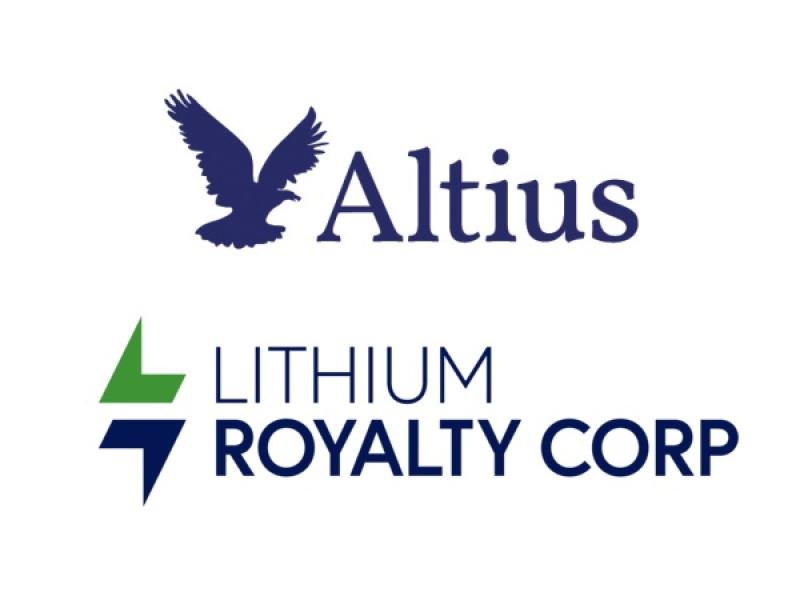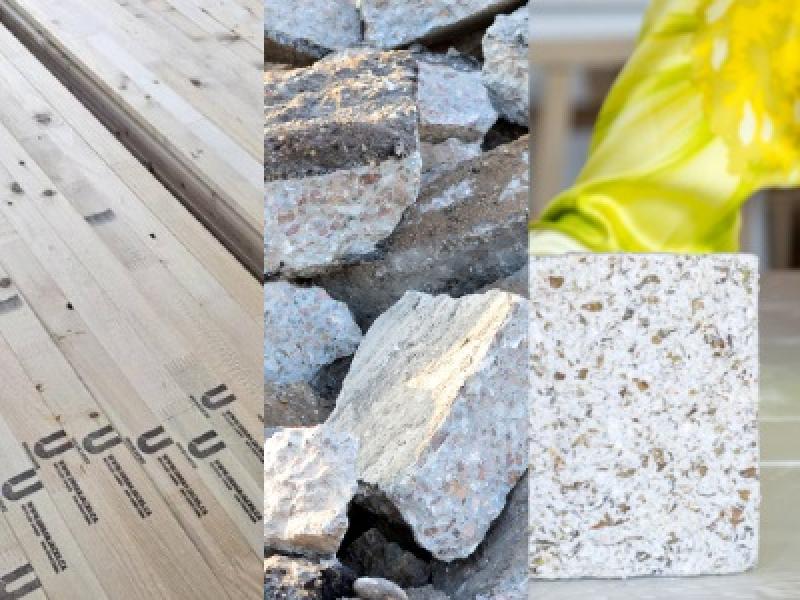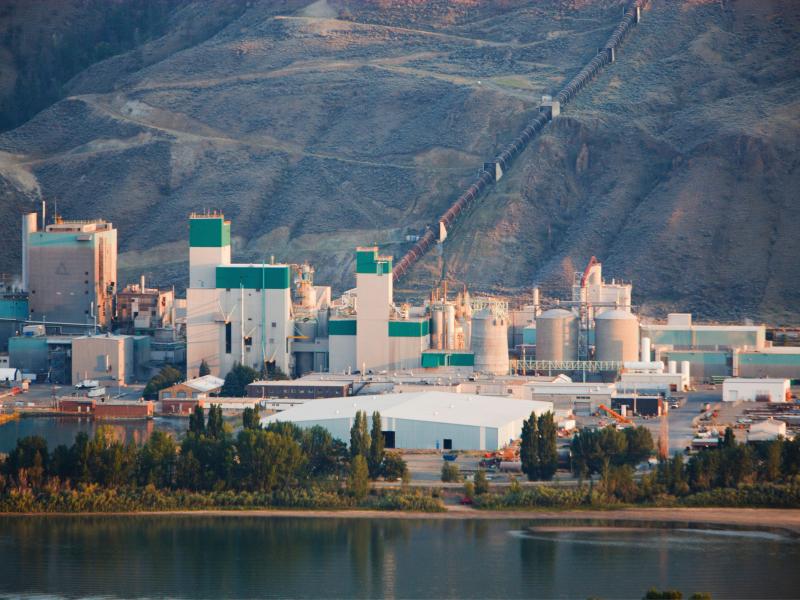
The backdrop of this year’s Building Lasting Change Conference felt a little different than years past.
There have been setbacks in the pursuit of low-carbon and zero-carbon buildings, according to Fin MacDonald, senior consultant with Urban Equation and moderator of a panel on the business case for low-carbon buildings at the three-day event in Vancouver hosted by the Canada Green Building Council (CAGBC).
The obstacles are mounting: Canada’s federal government has axed the consumer carbon price (so too has the provincial government in B.C.); Ontario’s Bill 17 has stated that municipalities do not have the authority to set requirements beyond the building code; and the anti-ESG movement in the U.S. seems to be gaining steam, with plenty of the irritation and contempt focused particularly on sustainability, MacDonald summarized.
"You've heard these messages during the course of this conference," MacDonald said, noting tenant demand for zero-carbon commercial and residential buildings has not grown as much as they would like.
Some of these issues are policy changes, and they can always change back, he said. “They were never really permanent to begin with.”
The green building industry, at least those most expressive at the conference, doesn’t appear to be abandoning low-carbon, nor zero-carbon. That’s mostly because, they say, there is value in clean, efficient, sustainable buildings over the long-term.
National Capital Business Park in Ottawa goes green on spec
Developed by Ottawa-based Avenue 31, the National Capital Business Park is a $400-million project that will eventually release more than 1.3 million square feet of class-A industrial space for lease in Ottawa. Two of the eight planned buildings have been leased so far.
Avenue 31 prioritized sustainability with this project. "We believe that the strategy benefits our projects, our investors, our tenants and our community," Gavin MacDonald, vice president, development with Avenue 31, shared during the panel. The buildings are designed to be zero-carbon ready.
“Our challenge occurs when our desire to be good often competes with additional costs of delivering sustainability in a rent-sensitive market,” he said. “So how would we address these two seemingly competing elements? First through phasing the sustainability requirements to provide increased flexibility for the future of the asset and the tenant, and second, by using known sustainable standards for operating buildings.”
With this business park, Avenue 31’s design provided capacity for rooftop solar panels and a potential microgrid system; added new public transit facilities to reduce personal vehicle trips; added electric vehicle charging stations, bike parking stations, interactive LED light controls and reflective roof membranes to reduce solar heating; and included extensive parking lot tree canopies.
The design also features higher insulation values for the walls and roofs, alternative window frames that reduce air leakage, improved air filtration systems and more efficient rooftop mechanical units, MacDonald said. The buildings will be fully electrified, and the plan is to achieve the zero-carbon performance standard after three years of operation.
These zero-carbon initiatives will boost asking net rent only by a modest amount, but will also reduce energy costs by up to 12 per cent, he said. "Our property management team is currently undertaking evaluation of actual operating costs against our existing buildings," he added.
Avenue 31 intends to own these buildings long-term, MacDonald said.
“We are making sustainable investments because we believe that our buildings will be more resilient to climate change and climate disruption. We, in essence, are future-proofing our assets against future carbon tax policy changes and improved insurability. We see the investor in financial markets looking to increase the number of sustainable assets in their various portfolios, and this trend is only growing.”
Windmill's 20-year clean building commitment
Windmill Development Group, a developer based in Ontario, says sustainability has been at the core of its business since launching in 2003. Jenny McMinn, partner and communication and impact lead with the company, shared Windmill’s business case for low-carbon rental apartment buildings, as demonstrated by archetype modelling.
She shared two examples during the panel: a mid-rise rental building and a 24-storey rental building. Costs for a high efficiency building envelope ended up being less than a standard envelope, due partly to a smaller window-to-wall ratio, which required less glazing on the building overall, as compared to a market-typical building.
"Optimizing the amount of glazing to allow ample natural light, while also improving thermal performance, enabled us to reduce the overall amount of glazing which assists in driving down capital costs,” McMinn said in an email to Sustainable Biz Canada.
She said the in-suite mechanical systems came with a premium, including the in-suite energy recovery ventilation units and heat pumps.
Energy modelling results show a 60 per cent reduction in total energy use, with huge savings on the heating side in particular. "Also, we're able to achieve significant domestic hot water savings, which is key in a residential building as well."
As for operational carbon costs, the modelling shows an 84 per cent reduction, thanks mostly to the buildings only using electrical power. McMinn said this can debunk the myth that it costs a lot more to build low-carbon or zero-carbon homes.
There are additional financial benefits
McMinn said embracing low-carbon also provides the firm access to investments from third parties that also prioritize sustainability. "Without . . . investment dollars, we would not be in business, and so we're able to attract more investors by virtue of signalling and demonstrating and delivering higher performance zero-carbon buildings."
Additionally, Windmill has been able to accrue grants via its sustainability program, she said. "We're (also) absolutely excited to see that shift where lenders are recognizing the long-term value and . . . de-risking by delivering higher performance assets."










